Her name might conjure up flashes of hot pink and sickly sweet dresses, but Betsey Johnson is more than meets the eye. Betsey Johnson’s influence on the fashion world is immeasurable, having set the trends of the 60s all the way to the 2000s. While designers would traditionally take a bow at the end of the show, Betsey Johnson would cartwheel down the runway and end in the splits – a move that defined her challenging of the status quo.

Born in 1942 in small-town Connecticut, Johnson grew up with an avid passion for drawing, dance and gymnastics. She was a cheerleader in high school, and loved the costume aspect of these activities. Having been surrounded by sewing, she learnt how to sew herself, and eventually pursued these interests in college.
Her career was launched by sheer luck – in 1964, she won a competition to be the college student guest editor of renowned women’s magazine, Mademoiselle, a position previously held by the likes of Sylvia Plath and Joan Didion. Her time at Mademoiselle showed the team that she was a force to be reckoned with, so much so that her bubbly personality landed Johnson a job at the magazine’s art department, where she drew illustrations, handled layouts and took photographs. At work, she quickly became known for her sweaters, hand-crocheted by Betsey herself, which caught the eye of her colleagues. She began to take orders for her colleagues and sold the sweaters for 20 dollars each – the sweaters eventually appeared into the shopping sections of the magazines and they quickly became a hot commodity.
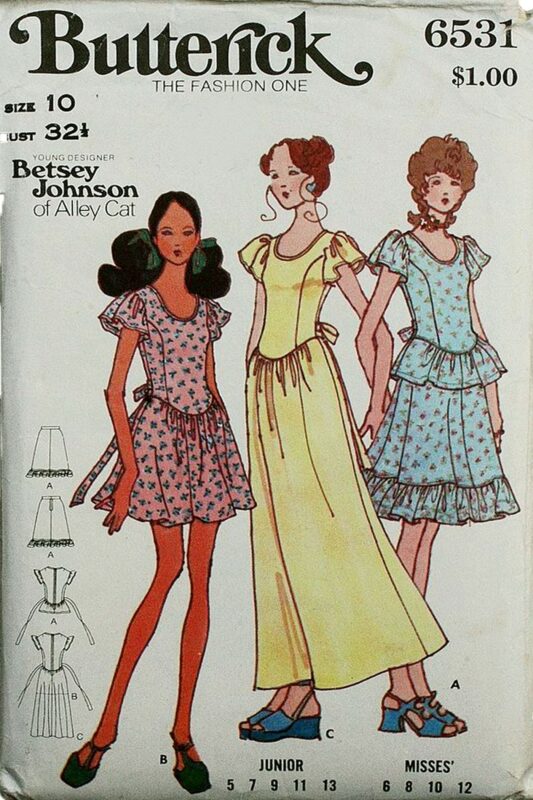
As her time at Mademoiselle passed, it was clear that Betsey was too big of a personality to be held back. In New York City, a new boutique had just opened on Madison Avenue, called Paraphernalia. It was intended to emulate the mod sensibilities of the British youth, and was looking to feature up-and-coming designers to showcase. It was Edie Locke, then-editor of Mademoiselle, who put forward Betsey Johnson’s name, and soon enough, Johnson received a workroom in the famed boutique.
Betsey Johnson’s designs for Paraphernalia combined the zany with the familiar, often using unique fabrics with tried-and-tested silhouettes. Some of her signature pieces during this time include a lamé fishnet shift dress, her famous nylon microskirts, and a sparkling silver motorcycle jacket. Johnson’s experimentation with different textiles stems from her exposure to unique fabrics in the art department at Mademoiselle. Paraphernalia’s innovative use of fabrics would come to define the boutique – making clothes that “you’d spray with Windex, rather than dry-clean,” as Betsey Johnson once said.
Her designs were also radical in concept: she designed a clear vinyl dress, with do-it-yourself stickers to customise as you please, as well as the famous “noise” dress, a jersey A-line piece with metal grommets at the hem of the dress. Despite the boutique showcasing several designers, the Betsey Johnson name became synonymous with Paraphernalia, with the boutique even showing her name on their advertisements.
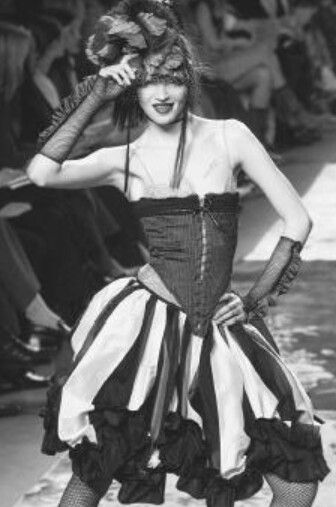
Johnson and her designs are often cited as one of key figures of the Youthquake, the 1960s social movement. A term coined by then-editor of Vogue, Diana Vreeland, it referred to youth taking control of the mass market and challenging the status quo of the previous generation. In the fashion world, it meant shifting the power away from the dominant couture houses, with young people wanting to partake in the new trends. It was the catalyst for the ready-to-wear mode of fashion, and the recognition of the youth as a powerful demographic is something that will be embodied in Johnson’s designs for the rest of her career.
As the sentiments of the Youthquake movement were felt in society, fashion became increasingly disposable. Johnson referred to her time at Paraphernalia as “the first era of throwaway clothes,” as people would often enter the boutique dressed in their day clothes, purchase an outfit for the night and essentially, discard it tomorrow. Betsey Johnson and Paraphernalia made it their mission to shake up the status quo.
Paraphernalia was a hotspot in the New York City social scene, and it was here that Johnson rubbed shoulders with some key figures – Andy Warhol, Edie Sedgwick and the Velvet Underground. Together, they became a social group that defined the decade. They often collaborated in creative efforts: Edie Sedgwick, the it girl of the 60s, became Betsey Johnson’s in-house model after Andy Warhol introduced the pair. Edie quickly fell in love with Betsey’s pieces, specifically the famed silver clothing, and became the face of her designs. During this time, Betsey also became involved in Andy Warhol’s studio, The Factory, where she designed outfits for The Velvet Underground, who were managed by Warhol.
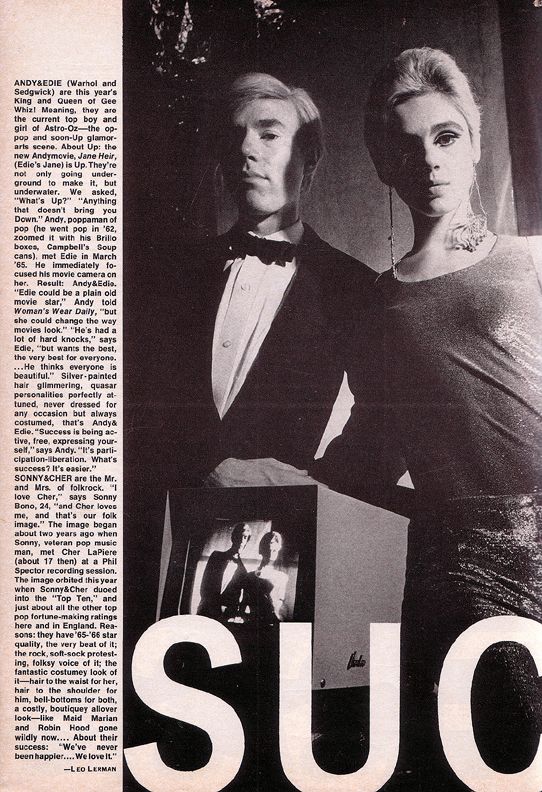
Johnson was the designer behind their iconic velvet suits, as well as the signature ruffles and bows. Betsey had even developed a romance with one of the Underground singers, John Cale, who she had a short-lived marriage with. When they wed at City Hall in 1968, the judge famously refused to do the ceremony as Johnson was in a pantsuit, only for her to remove her pants and return in a miniskirt, in true Betsey Johnson fashion. Betsey had now established herself amongst the higher tiers of the New York scene, and even her clientele became star-studded: Twiggy, Penelope Tree and Julie Christie, stars who helped propel Johnson’s sales. A long-sleeved minidress with an extended collar worn by Julie Christie quickly became the boutique’s signature style.
As the decade came to its close, Betsey and Paraphernalia parted ways. In 1969, she opened the boutique ‘Betsey Bunky Nini’ in 1969, with two other colleagues from Paraphernalia. The turn of the century also saw a shift away from Youthquake, and consequently, a shift away from disposable fashion. Paraphernalia churned out new designs regularly, and yet nothing retailed over $99, a reason that Johnson would cite for her departure.
“The problem with Paraphernalia was that it wanted everything immediately,” Betsey says. “It couldn’t understand that it couldn’t offer high fashion at J. C. prices.” Towards the end of the decade, her time at Paraphernalia was characterised by following trends, rather than setting them. Her time at Betsey Bunky Nini allowed her to regain some of the creative control that she had lost towards the end of her love affair with Paraphernalia. While her colleagues handled the buying and the business, Johnson continued to showcase her eclectic but brilliantly crafted designs. Betsey Bunky and Nini would go on to make $350,000 a year in sales, and it was clear that boutique culture had made it’s mark on the New York fashion scene.

The start of the 70s saw Johnson exploring different avenues of fashion. In 1970, she signed a deal with the junior sportswear line Alley Cat. Johnson saw an opportunity to combine her zeal for the costume-like and campy with the techniques of mass-production. While many seem to overlook the few years she spent at Alley Cat, it was here that Johnson started to clearly define her own brand – the designs were an amalgamation of textile, colour and pattern. Her most influential designs include her whimsical jacquard sweaters, which she incorporated into news patterns, including mini and maxi dresses, hot pants and bellbottoms.
Catering to her audience, she maintained the essence of high street pieces, but differentiated them for younger girls: she would re-invent the heavy 70s fur coat by using faux fur trim and colourful patchwork to make it a lighter and more approachable piece. All eyes were on her and her designs – so much so that her designs were the “most knocked-off on Seventh Avenue.” As Johnson by Alley Cat grew, so did the pressure on Johnson, and the fatigue left by market imitation and the expectations of mass-produced fashion led Johnson to leave Alley Cat in 1975.
In the 70s, Johnson occupied a liminal position in the fashion world. She was a highly lauded designer, having been the youngest designer to ever win the Coty in 1971, an award she shared with her contemporary Halston. However, she spent the 70s freelancing, feeling dissatisfied and uninspired. It was in the late 70s that the Betsey Johnson label came to fruition – the iteration of Johnson’s fashion that we’re most familiar with today.
In 1978, Johnson met Chantal Bacon through mutual friends, and after hitting it off they launched the Betsey Johnson label. Bacon, a former sales rep and model, handled the business side of things while Johnson honed in on her designs – it was a match made in heaven and Johnson gave Bacon half of the company upfront. The birth of the label was synchronous with the punk movement, giving Johnson’s design a breath of life and resonance with the it-crowd. In the 80s, she had a regular slot in New York Fashion Week, showcasing her designs covered in the signature rose print, as well as lycra leggings and midriff baring crop tops.
Johnson and Bacon had done something extraordinary with the Betsey Johnson label: they had given the clothes life, and those who wore it would be part of the imaginary clique of “Betsey girls.” Her clothes were popular amongst the rockstars of the generation – Johnson dubbed Debbie Harry and the B-52s to be “Betsey girls.” Her connection with these musicians proved to be particularly influential due to the launch of MTV at the beginning of the decade: for the first time, people had a visual connection to music and the clothes. She was a breath of fresh air from other New York designers, as Bacon said, “We were doing a lot of pink and black striped lycra when everyone was doing the earth-toned Annie Hall thing.”
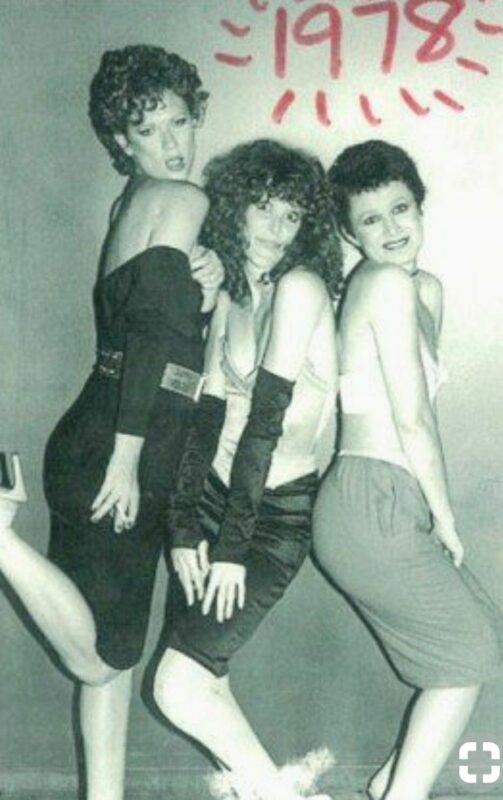
Johnson and Bacon wanted the clothes to represent their lifestyles, which included heading to downtown New York hotspots like the Mudd Clubb straight after work. Her 80s designs were characterised by petticoats, fishnets, zippers and lycra, but the silhouette was moveable, allowing the wearer to remain active and on-the-move, a must for the dancers and rock-stars of the period. In the 90s, Johnson managed to capture both the understated cool and minimalism of the era with her signature whimsical touch, featuring slip dresses, sheer overlays, matching co-ords and using on-trend textiles like velvet.
Collections often combined clothes for the everyday girl with more daring pieces – her Spring Summer 1995 collection was filled with classic silhouettes with fun prints, as well as clear vinyl dresses with visible lingerie underneath. Johnson was capable of working with darker colours too, as evidenced by her Fall Winter 1997 show, filled with maroon, purple and black. The gothic-inspired collection featured long-line column dresses, floor-length coats and experimentation with fabrics like leather, fishnets and fur. Her runway shows were notorious in New York, with models nonchalantly walking down the aisle or posing crazily, and of course, with Betsey’s signature cartwheel at the conclusion of the show.
Her contribution to fashion over the three decades was acknowledged by critics and in 1999, she received the Timeless Talent Award of the Council of Fashion Designers of America.
The Betsey Johnson label continued to see success in the 2000s. At this point, the label had gone international with stores in London, Vancouver and Japan, and by 2003 had made a foray into shoes, accessories and lingerie. In the 2000s, Johnson launched each and every collection with a new source of inspiration: her Fall 2003 show, for example, was a collection that featured tiered skirts, micro-shirts and bikini tops paired with denim, reflecting Betsey’s love for her vacation hotspot in Mexico. Her Spring 2004 was cabaret-inspired, bringing corsets, lingerie and babydoll dresses to the runway. While the inspiration always changes, she manages to keep the Betsey Johnson essence intact through her use of bright colours, materials and patterns.
The mid-2000s would ultimately bring the prosperous label to its demise. In 2007, Johnson and Bacon sold a majority stake of the company to a private equity firm. Up until then, the label’s growth and expansion had happened naturally, but Johnson and Bacon opted to do so to open more stores. The decision was seemingly the final nail in the coffin for the Betsey Johnson label – as the 2000s progressed, sales decreased, and a global financial crisis led to the company $48.8 million in debt. In 2010, Steve Madden Ltd. had taken over the debt and essentially taken control of the company and the Betsey Johnson name, leading to Bacon exiting the company. Whilst Johnson remained in creative control of the brand, it was not enough to rescue the label, and eventually resulted in Betsey Johnson filing for bankruptcy in 2012.
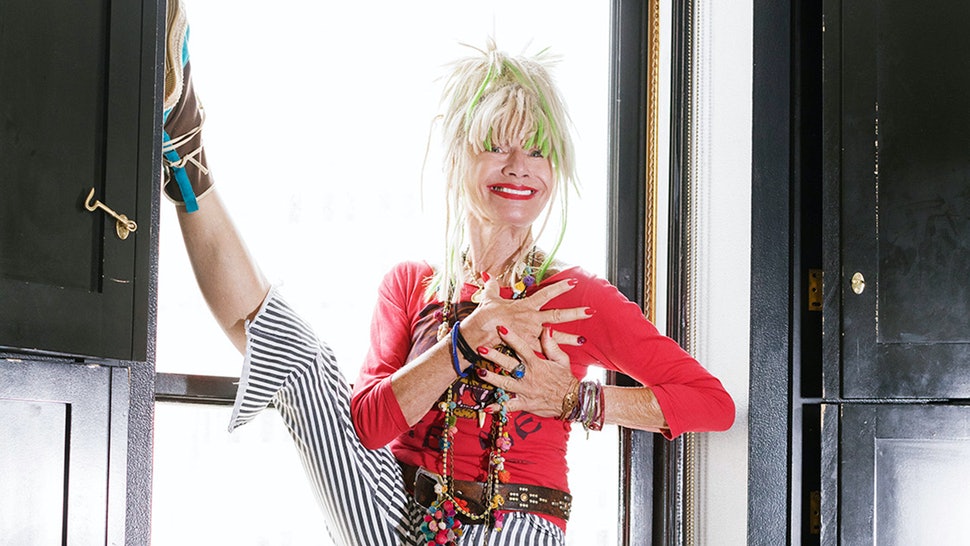
Today, Betsey Johnson remains an icon in the fashion scene, albeit distanced from the fashion world’s elite. While the label’s intellectual property is owned by Steve Madden, she continues to operate as Creative Director. Her achievements go beyond accolades, as Johnson is also a breast cancer survivor – she was diagnosed in 1999. Her legacy on fashion is unmatched, having spanned over three decades and was a feat in branding. Betsey Johnson has set hallmarks for high street fashion, bringing fashion to the everyday girl.
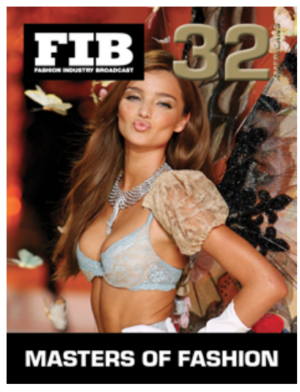
Discover more of Betsey Johnson’s life story in Fashion Industry Broadcast’s Masters of Fashion Vol. 32 “Americans”. Available via Amazon – worldwide!
Subscribe to FIB’s Weekly Alchemy Report for your weekly dose of music, fashion and pop culture news!







